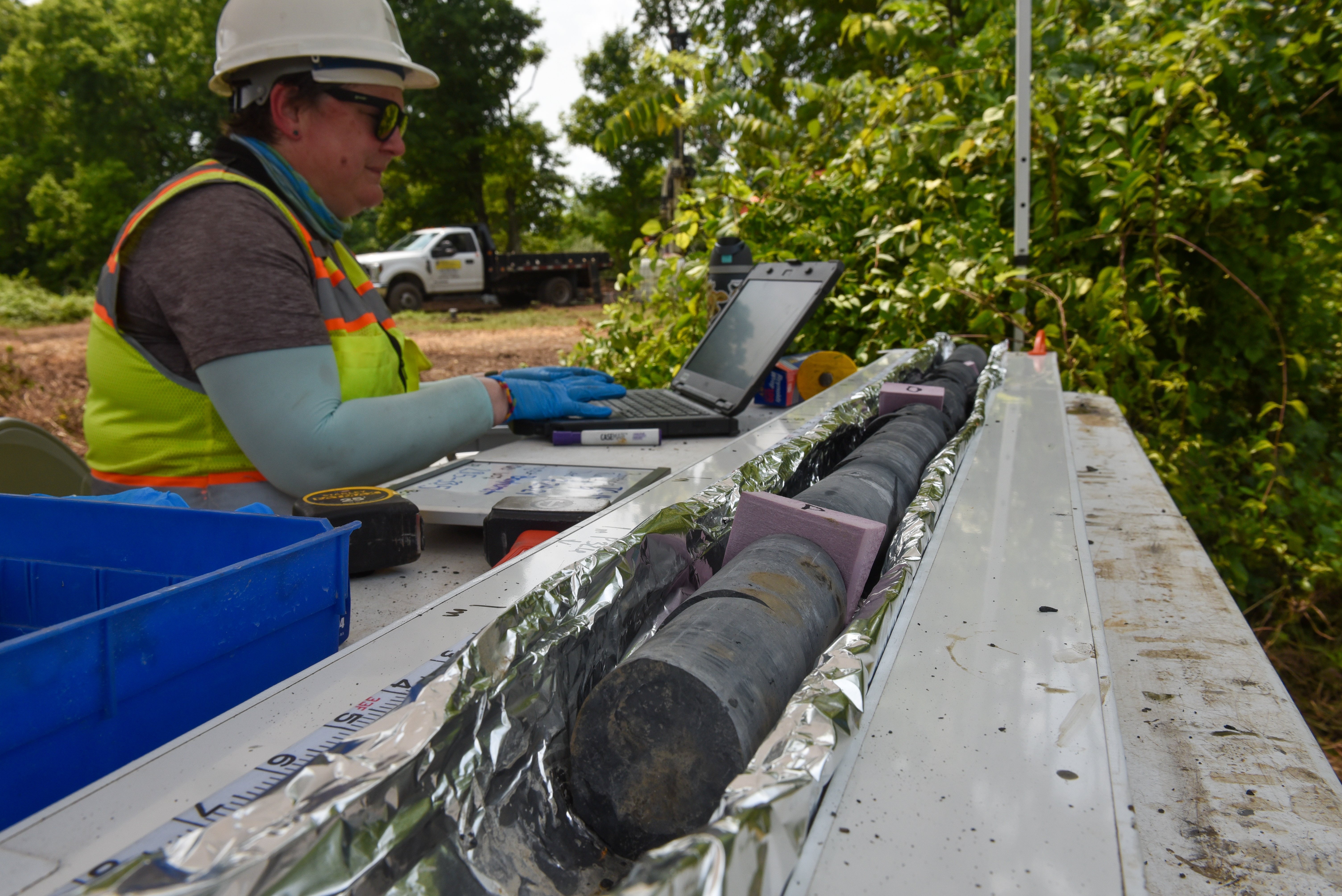.png?width=1200&height=202&name=LP%20Header%20(4).png)
Watch our 2-part series on COREDFN, presented by Sanborn, Head & Associates, Inc. and Pace® Analytical.
The first 1-hour session of this two-part series will focus on the development of the technology and the application of the methodology inclusive of specialized field and analytical methods. This first session will be focused on chlorinated solvent contaminated bedrock. It will finish with a case study highlighting the benefits to the Conceptual Site Model, resulting in a more informed remediation strategy.
The second 1-hour session will focus on the recent application of COREDFN investigation and analysis methods to a co-mingled VOC/PFAS-impacted bedrock site, requiring adaptations to both the field and analytical strategies used.
Explanation of COREDFN and why it is a superior strategy to quantify contaminant mass in complex fractured bedrock versus other existing methodologies.
Identify specific use cases where COREDFN would be an effective option for high resolution site characterization in fractured bedrock conditions.
Understanding of why customized analytical methods matter.
Illustration of how COREDFN can inform your conceptual site model and remediation strategy.

Jessica Bulova, PMP - Project Director Sanborn, Head & Associates, Inc.

Karl Olm, Director - Operational PMO Pace® Analytical

Nick Nigro - PFAS Program Manager
Pace® Analytical
Conventional bedrock characterization methods focus primarily on contamination in the aqueous phase within fractures. But at most bedrock sites, the majority of contaminant mass occurs within the bedrock matrix. Dr. Beth Parker, director of the Morwick G360 Groundwater Research Group (Morwick G360) and a professor at the University of Guelph, and Dr. Tadeusz Gorecki of the University of Waterloo developed the COREDFN bedrock investigation approach to better quantify the contaminant mass distribution in bedrock and to accelerate the pace at which the analysis can be completed.
Sanborn Head and Pace® Analytical are licensed providers of this innovative investigation and analysis approach. While COREDFN has focused on VOCs, Sanborn Head, Pace®, and Morwick G360 have also applied this method to emerging contaminants (e.g., PFAS and 1,4-dioxane).
The field method includes collection of high-quality bedrock core and careful logging and characterization of the bedrock and fracture network. Based on this logging, high-resolution samples for contaminants and bedrock physical properties are collected, prepared, and preserved for analysis. For volatile organic compounds (VOCs), the laboratory approach includes microwave assisted extraction process followed by analysis by gas chromatography / mass spectrometry.

